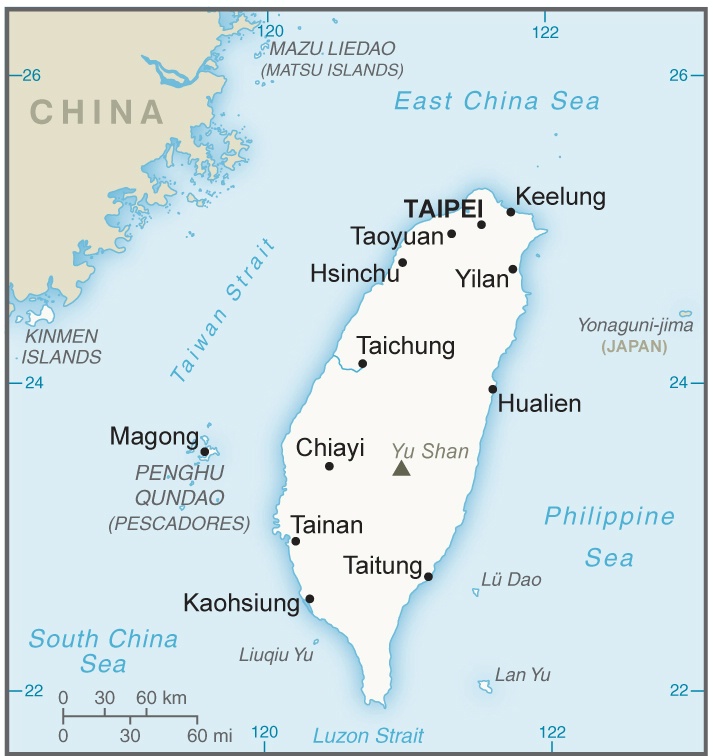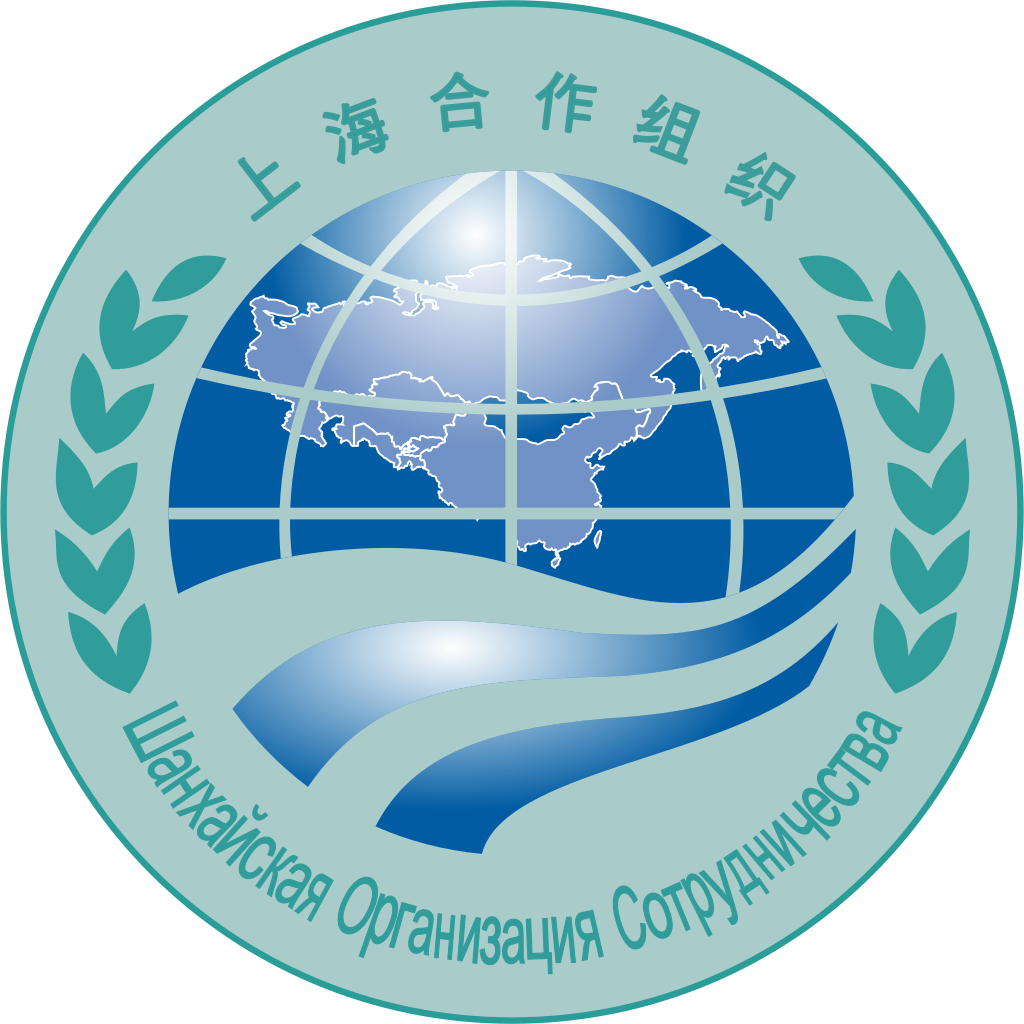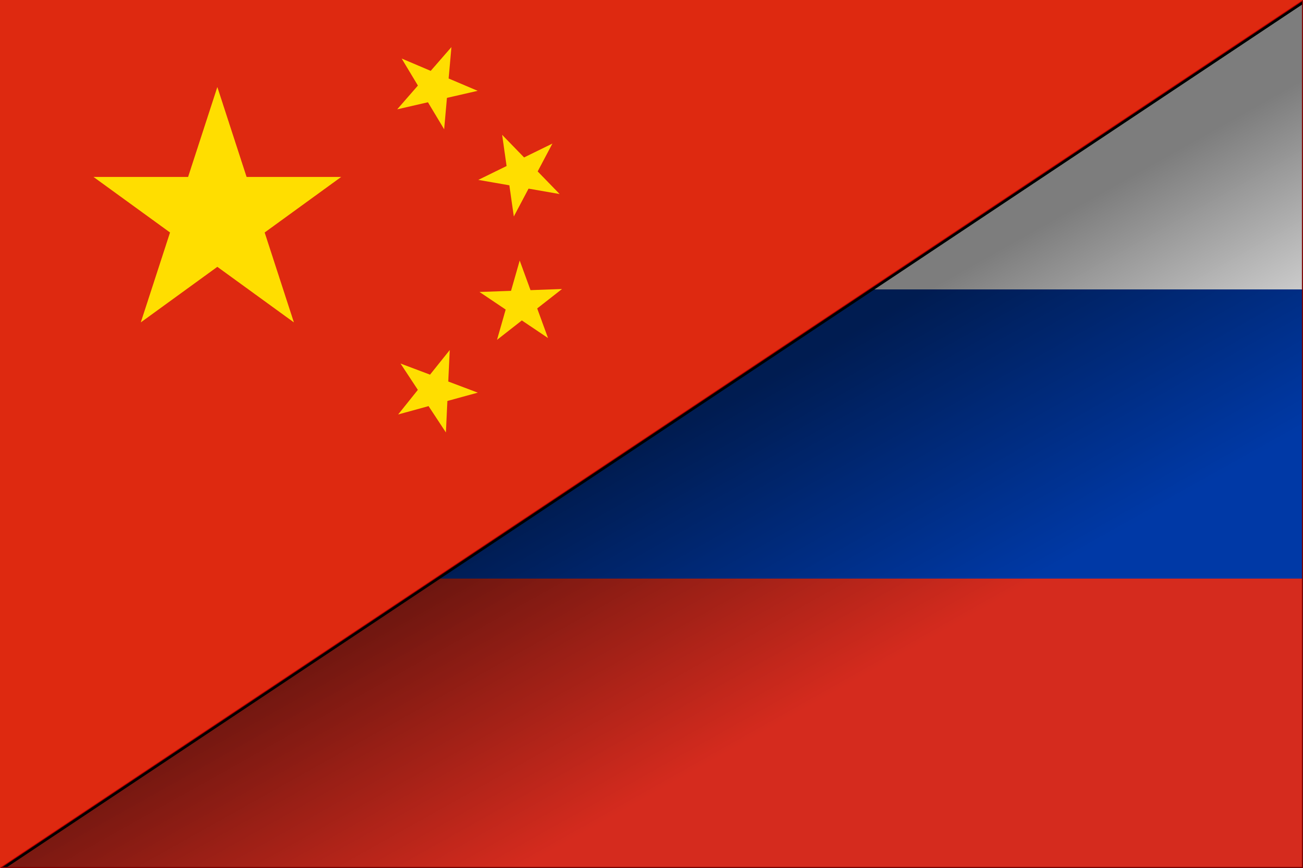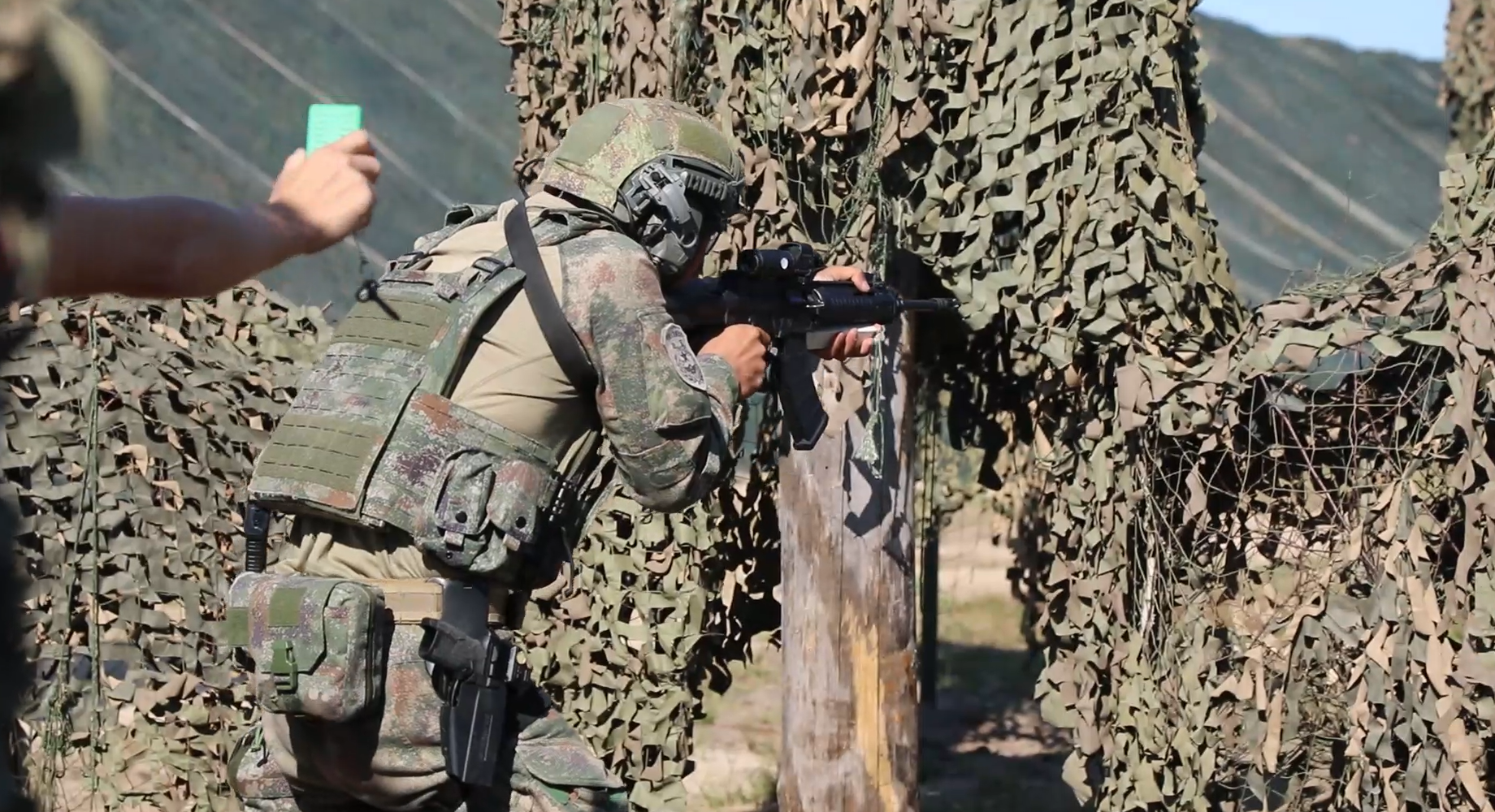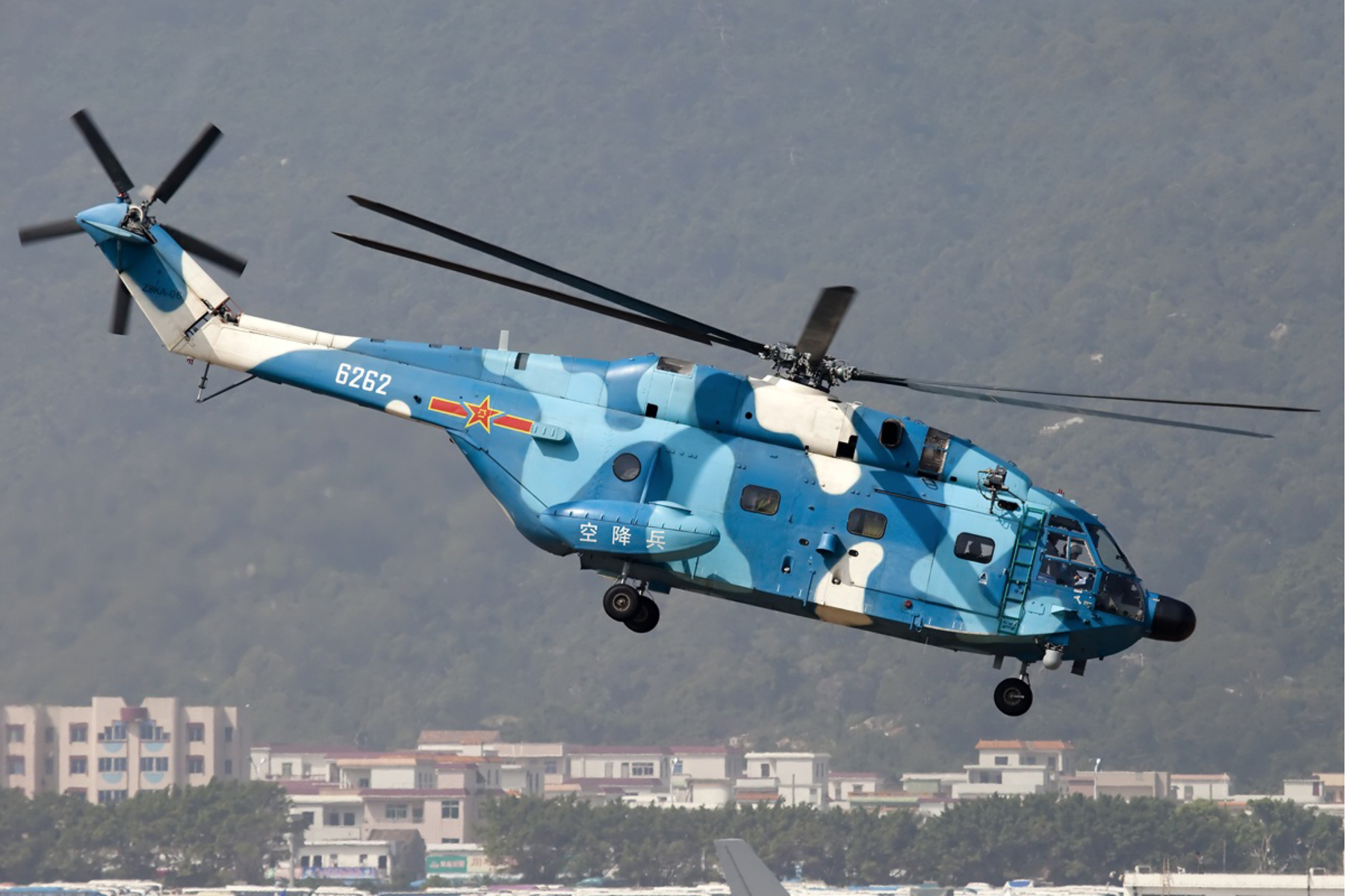Shanghai Cooperation Organization logo.
“… in the future, information security cooperation within the Shanghai Cooperation organization should proceed from a strategic and long-term perspective, improve its position, strengthen its capabilities, expand its horizons, and promote the development of regional and global network governance in a more benign and orderly direction.”
2021 marked the 20th anniversary of the founding of the Shanghai Cooperation Organization (SCO). The SCO, a multilateral association of China, India, Kazakhstan, Kyrgyzstan, Pakistan, Russia, Tajikistan, and Uzbekistan with four additional observer states, was created to ensure security and maintain stability across Eurasia.
While its focus was initially on traditional counterterror military and police operations, there has been a steady expansion of emphasis on cyber and information security cooperation. The excerpted article published on the website of the China Institute of International Studies, CIIS.org, provides an outline of the development of this cooperation and China’s future plans. Written before the outbreak of political violence in Kazakhstan in January 2022, the article provides a snapshot of how China regards its international cooperation efforts in security spheres, and more generally, influence on its neighbors. SCO members have signed joint documents on information security likening the potential disruptive capabilities of information technologies to weapons of mass destruction. As such, they emphasize the need to better grasp these technologies to adequately address what the SCO refers to as the “three forces”—terrorists, separatists, and extremists.
The full article also highlights the role of cyber exercises in China’s engagement with the SCO over the past decade. Were it not for the pandemic, the fourth iteration of biennial cyberterrorism exercises would have been held in Xiamen, Fujian Province in December. The first exercise was held in 2015, with subsequent exercises in 2017 and 2019. These exercises involved capture the flag, cyber forensic investigations and collaborative intelligence collection exercises, identifying terror organizations’ methods of recruiting members, identifying affiliated individuals, and carrying out coordinated arrests.
Taken together, China appears to be equipping its neighbors with the tools to carry out both traditional counterterrorism operations using modern technologies, and improving their ability to counter dissent or any threat to social stability. The 2018 SCO Qingdao Summit announced the desire to expand SCO far beyond its original size and remit. As repeated in official readouts at the time, the meeting “marked a new start as the SCO began to transform from an organization of mainly landlocked Central Asian countries to one of regional cooperation between coastal and hinterland countries.” Cybersecurity and information cooperation—especially with an emphasis on public security, counterterrorism and internal control—will continue to be a springboard for deepening and expanding the impact of the organization. As Central Asian countries react to the fallout from recent political upheaval in Kazakhstan, China is likely to double down on the promotion of these tools.
Source:
Deng Hao [邓浩], Li Tianyi [李天毅], “上合组织信息安全合作:进展、挑战与未来路径(SCO Information Security Cooperation: Progress, Challenges, and Future Path),” CIIS.org (Website of the China Institute of International Studies, a directly-affiliated research institute or think tank for the PRC Ministry of Foreign Affairs), 24 September 2021.
https://www.ciis.org.cn/yjcg/sspl/202109/t20210924_8175.html
OR
https://web.archive.org/web/20211217134841/https://www.ciis.org.cn/yjcg/sspl/202109/t20210924_8175.html
This year marks the 20th anniversary of the establishment of the Shanghai Cooperation Organization (hereinafter referred to as the “Shanghai Cooperation Organization”). Security cooperation has always been the top priority of the SCO cooperation and is the biggest highlight of the SCO’s two decades of development. In the past 20 years, Central Asia, the core area of the SCO, has not been rendered chaotic (lit. “Middle Easternized” [被中东化]) and has always maintained a stable overall situation. The effective security cooperation of the SCO has contributed greatly to this. Over the past 20 years, the economy of the SCO has generally improved. The economic aggregates and per capita GDP growth of its member countries have both been higher than the world average. The security provided by the SCO has contributed a lot. Information security cooperation is the “rising star” of the SCO’s security cooperation and a new force for the SCO’s security cooperation. It plays an increasingly important role in maintaining regional security and stability. The SCO is standing at a new starting point in the history of the third decade, and maintaining information security faces new challenges and pressures. In the future, the SCO information security cooperation should further strengthen the sense of a community of shared future, continuously enhance the ability to respond to information security threats, increase international cooperation, and strive to build a peaceful, safe, fair and open information space.
The SCO information security cooperation started in 2005. Over the past 16 years, the SCO’s information security cooperation has continued to expand from consensus to action and has made positive progress, showing great potential and good prospects…
In the Declaration of the Fifth Astana Summit of the Shanghai Cooperation Organization in 2005, the heads of member states proposed for the first time the prevention of information terrorism. This is the first time that the SCO has raised the issue of information security in an official cooperation document. This opened the prelude to the SCO’s information security cooperation. The SCO’s security cooperation has begun to expand from the traditional field to cyberspace.
On June 15, 2006, on the occasion of the fifth anniversary of the establishment of the SCO, the heads of the SCO member states held the sixth summit, which further clarified the need to maintain information security and jointly deal with the military, political, criminal, and terrorism they are facing… It was also at this summit that the heads of member states signed the first special document on information security cooperation-the “Statement of the Heads of State of the Shanghai Cooperation Organization on International Information Security.” The statement expressed concern about the use of information and communication technology to damage personal, social, and national security, and believed that information security threats would bring serious political, socio-economic consequences to countries and regions and the world, and trigger the instability of societies in various countries, which may cause It is a worldwide disaster equivalent to the use of weapons of mass destruction…
On September 13, 2013, the SCO held the 13th Bishkek Summit of Heads of State. The declaration adopted at the meeting clearly stated that it is necessary to build a peaceful, safe, fair and open information space based on the principles of respect for national sovereignty and non-interference in internal affairs and advocate the formulation of a unified information space national code of conduct. This is a new understanding of member states on national information security cooperation. The Dushanbe Declaration of the 14th SCO Heads of State Summit in 2014 further stated that member states support the right of all countries to manage the Internet on an equal basis and support and guarantee their respective sovereign rights to Internet security. This has further improved the SCO’s position on international information security issues.
On June 9, 2017, the heads of state of the member states signed the “Statement of the Heads of State of the Shanghai Cooperation Organization on Joint Fighting against International Terrorism” at the 15th SCO Summit in Astana. They believed that comprehensive measures should be taken to combat terrorism, particularly the spread of ideology and extremism, through the prevention of the use of the Internet and other propaganda to incite terrorism and extremism, and conduct recruitment activities.
On October 11, 2020, at the 20th Moscow Summit, the heads of the member states signed the “Statement of the Shanghai Cooperation Organization Heads of State Council on Ensuring Cooperation in the Field of International Information Security” and the “Shanghai Cooperation Organization… The Statement on Combating the Spread of Terrorism, Separatism, and Extremism… calling on the international community to work closely in the information field to jointly build a community with a shared future in cyberspace…
In order to effectively carry out information security cooperation, the SCO has gradually established and continuously improved corresponding cooperation mechanisms and systems in the course of practice, which has provided the necessary means and legal guarantees for the SCO’s information security cooperation.
In terms of mechanism construction, regional anti-terrorist agencies are the primary support of the SCO’s information security cooperation. This institution is one of the two permanent institutions of the Shanghai Cooperation Organization. Since its establishment in 2004, it has been committed to promoting coordination and cooperation among member states in combating the “three forces” (terrorists, separatists, and extremists)…
At the 20th SCO Moscow Summit in 2020, President Xi Jinping emphasized..in the future, cooperation within the SCO should proceed from a strategic and long-term perspective, improve its position, strengthen its capabilities, expand its horizons, and promote the development of regional and global network governance in a more benign and orderly direction.
Image Information:
Image: Shanghai Cooperation Organization logo.
Source: Shanghai Cooperation Organisation, https://en.wikipedia.org/wiki/File:Shanghai_Cooperation_Organisation_(logo).svg
Attribution: Fair Use

